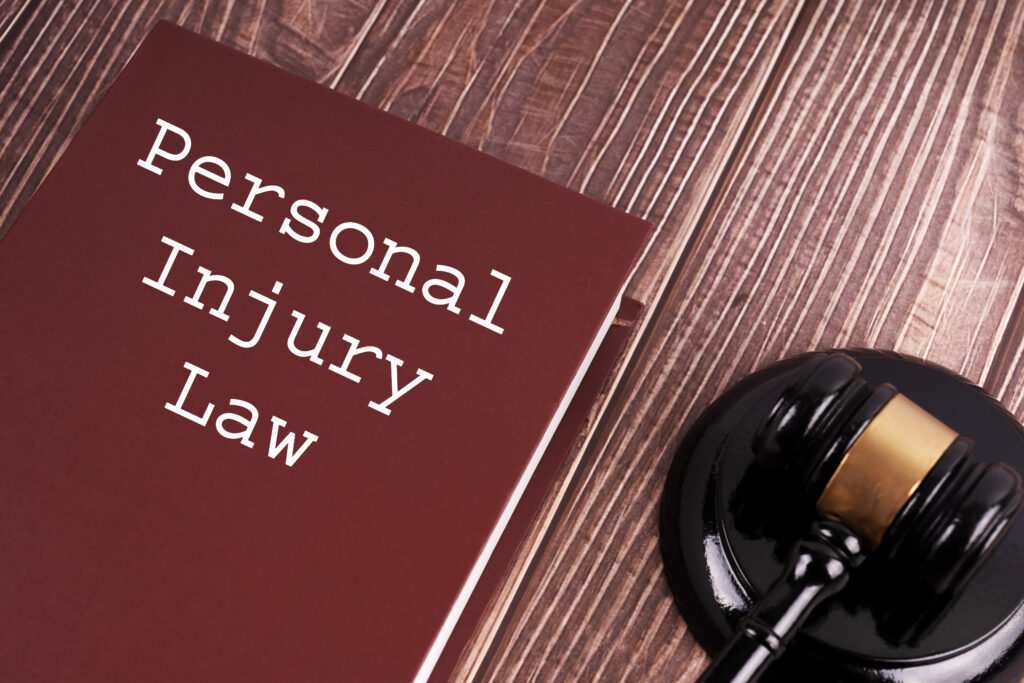Personal injury law can seem straightforward at first glance, but anyone who’s handled even one case knows the terrain is filled with traps, tangles, and technicalities that can trip you up fast. From missed deadlines to poor documentation, the most common mistakes often stem from missteps in early case strategy.
Whether you’re just beginning your career or you’ve handled dozens of PI cases, everyone can benefit from a refresher on the common pitfalls that even experienced lawyers fall into—and how to avoid them.
Read on!

Misunderstanding the Statute of Limitations. The statute of limitations for personal injury actions in Pennsylvania is two years, but the calculation isn’t always simple. In fact, it can be surprisingly easy to fumble due to complications such as delayed discovery. There are also countless nuances that can complicate the timeline. Miss the window, and your client's claim is gone, even if the liability is clear.
Avoid this pitfall by confirming and documenting the date of injury or discovery. Use a calendar with built-in reminders for all critical filing dates so that you're keeping on top of the timeline. Finally, consider implementing an internal "pre-litigation audit" process to check limitations before finalizing intake.
Poorly Documented Medical Evidence. Medical records are the backbone of personal injury claims. But simply having the records isn’t enough—you need complete, relevant, and clearly organized documentation that shows the full scope of injury, treatment, and prognosis.
Missing specialist reports or vague diagnostic language can derail your case or weaken your negotiating position. Be sure to make early contact with all treating providers and request the full medical records rather than a simple summary. Carefully review these records for inconsistencies or unclear language. If you'd like to learn more about mastering medical records, you're in luck! Check out this upcoming webcast replay that will teach you how to do just that, along with more on-demand CLE videos!

Mishandling Liens and Subrogation Rights. Failing to properly identify, negotiate, or resolve medical liens and subrogation claims can result in a nightmare post-settlement—for you and your client. Whether dealing with Medicare, Medicaid, private insurers, or workers’ comp liens, these entities may have a legal right to reimbursement from settlement proceeds.
Make sure to identify potential lienholders early in the case. Keep your client informed on the process because an unexpected lien reduction can feel like a big cut to their award if they're not prepared for it.
Weak Demand Letters. A demand letter is more than just a summary of the case; it’s your opening pitch in settlement negotiations. Yet many attorneys treat it like a formality, copying language from past cases or submitting a hastily written draft. A poorly written demand letter can cost your client real money—or even encourage the insurer to lowball or deny the claim altogether.
You should be tailoring each letter to its own unique case. Clearly outline liability, causation, damages, and demands, using strong yet professional language. Attach relevant records or exhibits to strengthen your position and frame the narrative in your client's favor.

Ethical Oversights in Settlement and Communication. PI law comes with unique ethical challenges, particularly in the client communication and settlement stages. It’s easy to unintentionally cross the line if you’re juggling a high caseload or trying to close cases quickly. Avoid this by establishing a clear settlement approval process with written client confirmations. Maintain clean and accurate trust accounting practices for all client funds.
Ready to Learn More? Then what are you waiting for? Register for the upcoming Personal Injury Primer PLUS and get ready to dive into a myriad of topics including trial tips, client management, ethical traps to watch out for, common mistakes in litigation strategy, and so much more! If you’re looking to build a strong personal injury practice, this course is for you.
Personal injury law is a high-stakes practice area. But with the right tools and training, you can avoid the most common missteps and provide clients with the high-quality representation they deserve.



